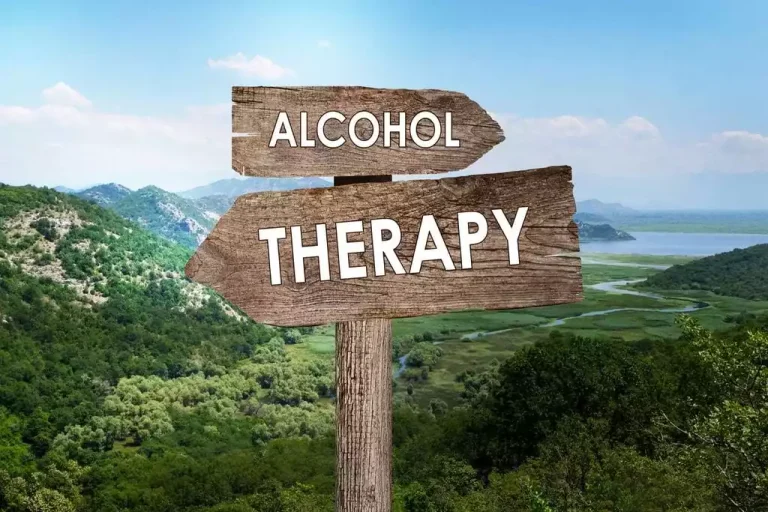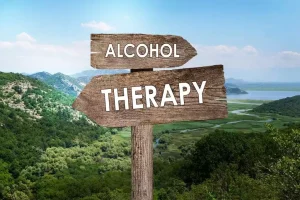
A sober living house is a place where people recovering from addiction can live together in a safe, substance-free environment. These homes offer routines, rules, and support from others on the same path, helping residents move from treatment to independent life. Halfway houses provide a more organized and supervised atmosphere than sober living homes.

Operational Structures and Oversight

However, insurance may cover sober living, making it a practical choice for those who might benefit from this degree of assistance. Sober living homes may be certified by the National Alliance for Recovery Residences, which has developed four levels of sober living residences. Unlike halfway homes, sober living homes don’t typically require that residents have been incarcerated. Although there is no limitation on who can stay in a halfway house, the majority of inhabitants in a halfway house generally have gone through a rehabilitation program previously.

Conclusion: Building a Foundation for Recovery
- In contrast, halfway houses are often licensed and regulated by the state, ensuring a standardized level of care and supervision.
- Both sober and halfways houses can be invaluable transitional housing arrangements for recovering addicts.
- Sometimes, a person may be court-ordered to stay in a halfway house for a specified time.
- The rules in sober living homes are designed to foster a sense of responsibility and community, providing a supportive environment for continued recovery from substance use and mental health conditions.
They may also not force housemates to participate in treatment regimens while they are living there. Another significant difference — and benefit — is that sober living homes do not have a residency time limit. Many halfway homes are still used to shelter newly released offenders or as a solution for homelessness, while others are dedicated to housing persons who have recently completed addiction treatment. Residents in halfway houses are frequently ordered by the courts to stay for a set period of time. Sober living refers to residences where people stay, either after completing rehab or while enrolled in an outpatient program, to help them stay in recovery.
- If you’re ready to meet your best self, visit the App Store or Google Play today and start your free 7-day trial.
- Individuals battling substance abuse need an opportunity to detox as well as intense residential care in many situations.
- So, whether you’re a small or large charitable organization, you may benefit from a housing case management software that’s right for you.
- For starters, halfway homes are often designated for people who are coming out of incarceration and who underwent a drug treatment program during their incarceration.
- You have to meet certain criteria to be eligible; generally, you must have a clinical diagnosis of substance use disorder, be over the age of 18, and agree to regular drug testing.
Common Rules Enforced in Both Types of Residences
If you are able to be a part of a recovery residence, it will be important to understand what type of environment is present. The Reframe app equips you with the knowledge and skills you need to not only survive drinking less, but to thrive while you navigate the journey. Our daily research-backed readings teach you the neuroscience of alcohol, and our in-app Toolkit provides the resources and activities you need to navigate each challenge. Back in the early 1900s, when a person received parole for good behavior, the court often ordered them to stay in one of these homes.
Stepping Stones: A Comparative Guide to Sober Homes, Transitional Housing and Halfway Houses
While numerous halfway houses are state-owned properties, offering affordable or free accommodation to eligible residents. Since sober living typically follows addiction treatment, getting a referral from the treatment provider is recommended. Other referral sources may include the criminal justice system, a mental health professional, Twelve Step meeting participants, or friends and family. Whatever the source of the referral, take a tour of the facility and talk to the people living there to decide if it’s the right fit for you. While not as frequent as in halfway houses, sober living homes may conduct random drug testing. Consider asking folks at a recovery meeting or touching base with any sober friends you may have.
- Or maybe you’re going to start an outpatient program, but living at home isn’t a sober, supportive environment for you.
- This is where transitional housing, also called sober homes, 3/4 homes or halfway houses, comes into play.
- Some are run by private companies, others by nonprofit groups, and some even by former residents.
- Halfway homes are often designated for people coming out of jail or prison and who underwent a drug treatment program during their incarceration.
- For these reasons, sober living homes tend to be the best fit for most people in early recovery.

With our help, individuals can get back on their feet and begin a life of sobriety with confidence. It is essential that each resident entering a sober living home has an adequate mental and physical health evaluation to guarantee that the individual is equipped to live independently and safely. This evaluation includes assessing the individual’s mental and emotional well-being, as well as their physical health. Such assessments are crucial in providing a comprehensive understanding of the individual’s current condition and help determine the best course of action for their successful recovery. Typically, a halfway house accommodates individuals who have completed an initial phase of treatment, such as detoxification and inpatient rehabilitation. Regardless of where you are in your sobriety journey, Silver Ridge Recovery can help.
How Does Sober Living Work?
In fact, some sober living homes use peer-led programming and focus on mutual accountability, while others have staff members who lead programming. Some halfway houses have life skills training provided by social workers and other behavioral health staff. Understanding these rules and expectations beforehand helps set the stage for a successful recovery journey, ensuring you’re prepared to adhere to the community standards and contribute positively. The proprietorship makeups vary considerably Halfway House vs Sober Living between these two types of houses.
